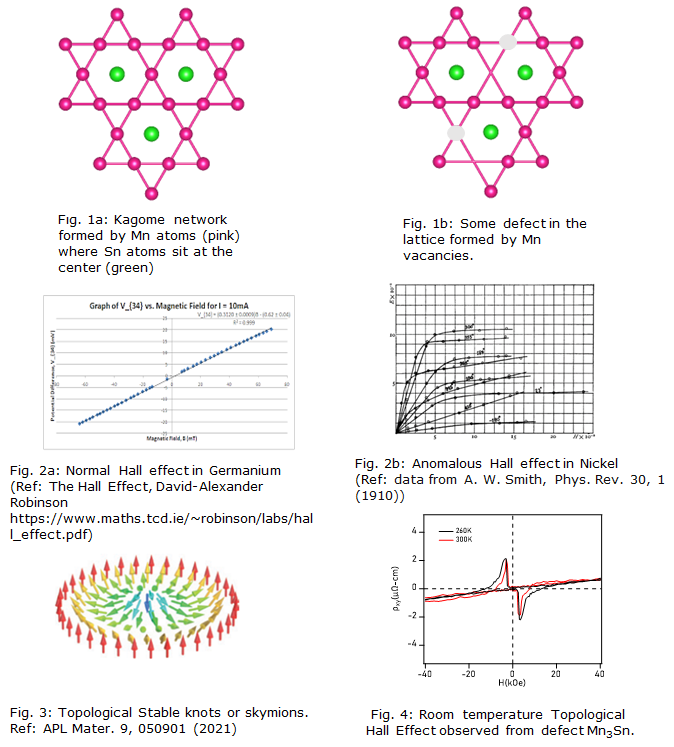A recent chance discovery of a quantum material can have far-reaching implications in quantum computing and superfast data transmission. Brewing a mixture of Manganese (Mn) and Tin (Sn) in quartz tubes followed by gradual cooling led to a mixture of compounds that have the strong possibility of hosting small and energy-efficient information cells. These information cells have the potential to develop high-density, low-power, and multi-functional devices for memory and logic-applications.
Researchers from S. N. Bose National Centre for Basic Sciences (SNBNCBS), an autonomous institute of the Department of Science and Technology (DST), brewed a mixture of Manganese and Tin powder in 7:3 proportion, sealed in an evacuated quartz tube, at 1000 degrees centigrade for 24 hours and cooled the mixture at snail’s pace.
When sufficiently cooled, the quartz tubes were put in a centrifuge and spun very fast to separate the crystals from the residue. The crystals were tiny but perceivable to the naked eye. The chemical formula of these crystals was supposed to be Mn3Sn.

However, when the crystals prepared by Achintya Low, a Ph.D. scholar, were subjected to ‘energy dispersive X-Ray spectroscopy’, it was found that some crystals had a defect in the form of Mn vacancies --- instead of three Manganese atoms to one Tin atom per unit cell, some crystals had 2.8 Manganese atoms or 2.65 Manganese atoms to one Tin atom per unit cell.
Achintya Low, under the guidance of Prof. T. Setti, decided to study the magnetic and electrical properties of these (defective) crystals with formulae Mn2.8Sn.
They found that Mn2.8Sn crystals exhibit an electrical effect called the Anomalous Hall Effect (AHE) across the XZ-plane. However, across the perpendicular plane, that is, the XY-plane, these crystals exhibited pure Topological Hall Effect at room temperature without any AHE component.
The Hall Effect, discovered by Edwin Hall in 1879, is ‘the generation of a voltage difference’ across an electrical conductor which is transverse to electrical current and applied magnetic field directions. The voltage difference in a standard Hall Effect is proportional to the applied magnetic field strength. The conduction electrons deflected by the topologically stable knots form another kind of Hall Effect called Topological Hall Effect (THE).
The researchers suggested that there is a strong possibility for Mn2.8Sn to host magnetic skyrmions -- small and energy-efficient information cells that have the potential to develop high-density, low-power, and multi-functional devices for memory and logic-applications. Memory devices built with skyrmions are likely to replace the present hard disc devices because of their reliable mechanical stability, faster addressing time, and higher storage density. Thus Mn2.8Sn will find its application in quantum computing and superfast data transmission. Such materials could give a huge boost to the recently launched National Quantum Mission.
https://www.sciencedirect.com/topics/chemistry/hall-effect






























